

Ben Zachariah
2026 GAC Aion V review: Quick drive
5 Days Ago

Publisher
Ferrari’s first electric car, the Elettrica, might not have an engine, but it does have a voice, and in typical Maranello fashion, it is designed, not simulated.
Rather than using digital soundtracks piped through speakers, Ferrari engineers created a mechanical acoustic system that amplifies the real vibrations generated by the car’s electric motors and power electronics.
A high-precision accelerometer mounted deep within the inverter casing detects these vibrations, which are transmitted through resonant structures in the body to create an audible tone.
Ferrari’s NVH and Sound Quality Manager, Antonio Palermo, says the goal from the very start was clear.
“You will not find the replica of an internal combustion engine [ICE],” he told media during a technical presentation. “We didn’t want a replica of our ICE, and we didn’t want to invent or synthesise a new sound. The puzzle was how to extract a sound from something that is silent.”
CarExpert can save you thousands on a new car. Click here to get a great deal.
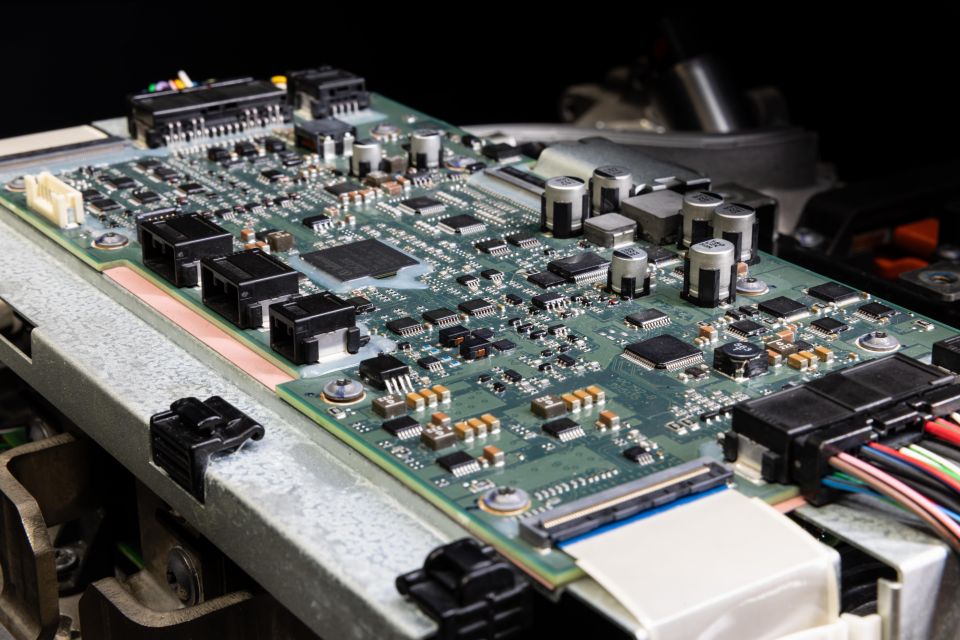
According to Mr Palermo, the challenge was physical, not digital. In a combustion engine, sound is transmitted naturally through the exhaust and intake systems, but in an electric car, there are no moving air columns or pressure waves.
“Here we have a big chunk of stiff metal, and so the sound cannot escape,” he explained. “There is a lot of sound trapped inside, created by the e-motor and the transmission, but it cannot reach our ears.”
The solution was to treat the inverter and its casing like the body of a musical instrument.
“If sound was airborne, we could use a microphone,” Mr Palermo said. “But sound here travels in a solid, so we need a vibration sensor. That is why we used an accelerometer. It picks up the sound trapped in the metal and returns a signal we can amplify.”
Mr Palermo likened the approach to the way an electric guitar functions.
“The internal combustion engine can be thought of as an acoustic guitar,” he said. “The Elettrica is more like an electric guitar. The accelerometer is our pickup. It is not a magnetic sensor; it is a vibration sensor.”
Ferrari says the sound is authentic, belonging entirely to the components of the powertrain. Because it originates from the actual mechanical interaction between the motors, gears and structure, there is no need for pre-recorded samples or synthesised effects.
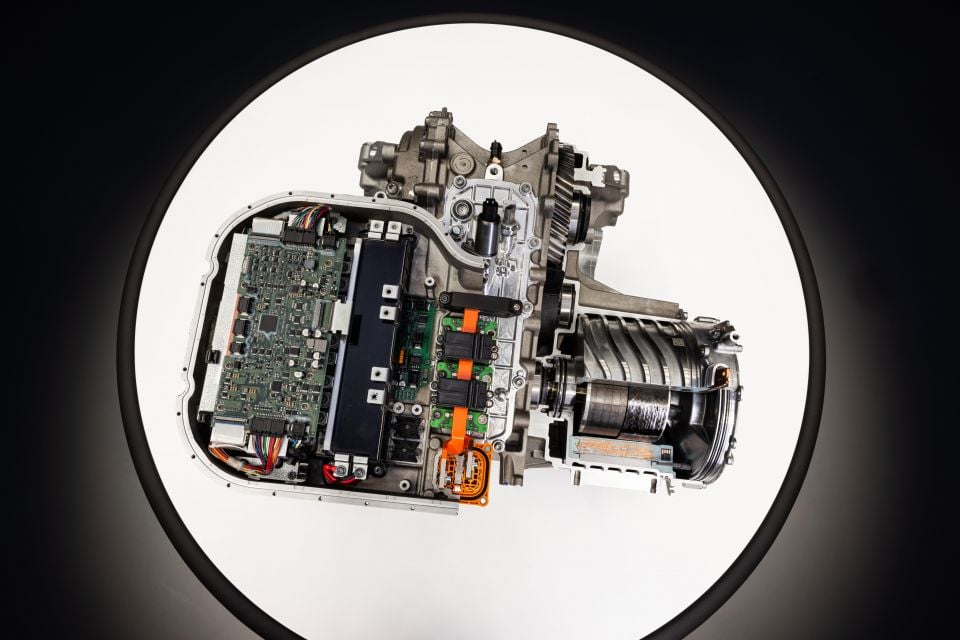
The system also gives engineers control over when the car produces sound and when it remains quiet. Mr Palermo said this was central to the project’s philosophy.
“We wanted the car to be comfortable when you are cruising, quiet when you want refinement, but capable of giving you feedback when you are driving hard. The sound will be there when it is useful.”
Mr Palermo explained that the sound operates as a form of feedback to the driver.
“Imagine the car is generating positive torque and you lift off the accelerator,” he said. “You reverse this torque and there will be a small hit in the gears. The accelerometer feels this immediately and returns an aural feedback to the driver. It is intentional.”
The accelerometer also detects changes in traction. “If you lose grip and a wheel starts to spin, the sensor picks it up straight away,” Mr Palermo said. “So the sound is not only authentic, it is also functional. It helps the driver understand what the car is doing.”
Ferrari refers to this interaction as a new form of language and connection. The car uses sound as a means of communication between the driver, the powertrain and the road. Mr Palermo described this as part of Ferrari’s effort to ensure its first electric model still provides the sensory connection that drivers associate with the brand.
“Sound will be there when it is needed and when it is useful,” he said. “The car will give you the best of both worlds, the silence of an EV and the sound when it matters.”
Ferrari confirms that the system meets external noise regulations such as the Acoustic Vehicle Alerting System (AVAS) required for low-speed operation, but the focus of Mr Palermo’s work was the driver experience rather than compliance.
The Elettrica’s sound design, therefore, forms part of a broader engineering philosophy. Every key system in the car – the motors, inverters, control software and structure – has been developed in-house to ensure the car’s mechanical, electrical and acoustic characteristics are all aligned.
For Ferrari, the Elettrica’s sound is not an imitation of the past, but a new form of feedback for the electric age.
Where expert car reviews meet expert car buying – CarExpert gives you trusted advice, personalised service and real savings on your next new car.
Alborz Fallah is a CarExpert co-founder and industry leader shaping digital automotive media with a unique mix of tech and car expertise.


Ben Zachariah
5 Days Ago
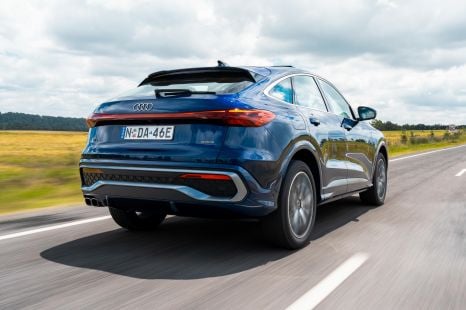

James Wong
4 Days Ago
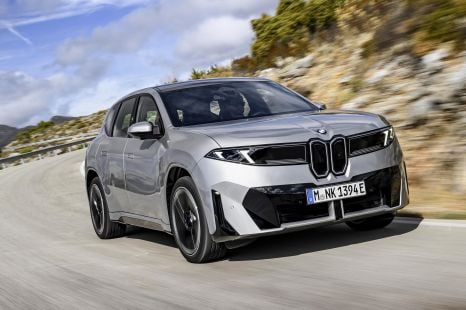

Josh Nevett
4 Days Ago


Matt Campbell
3 Days Ago
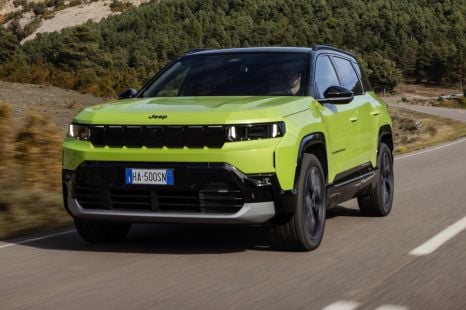

Dave Humphreys
2 Days Ago
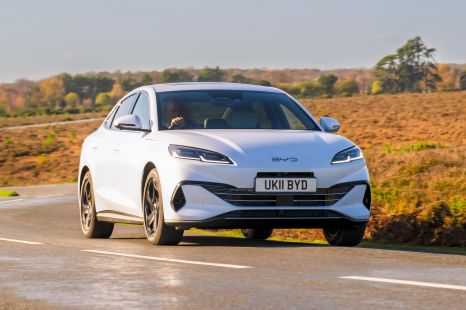

Matt Robinson
1 Day Ago